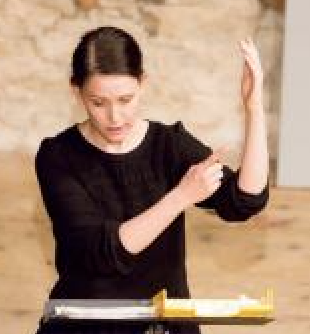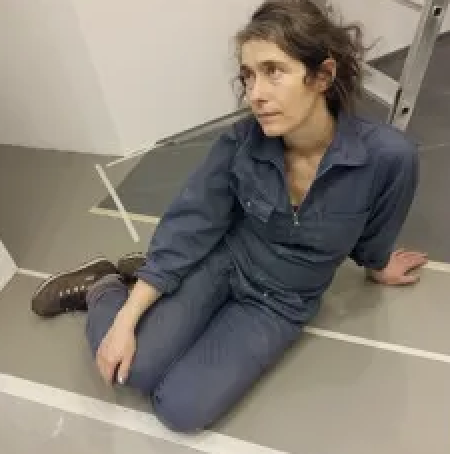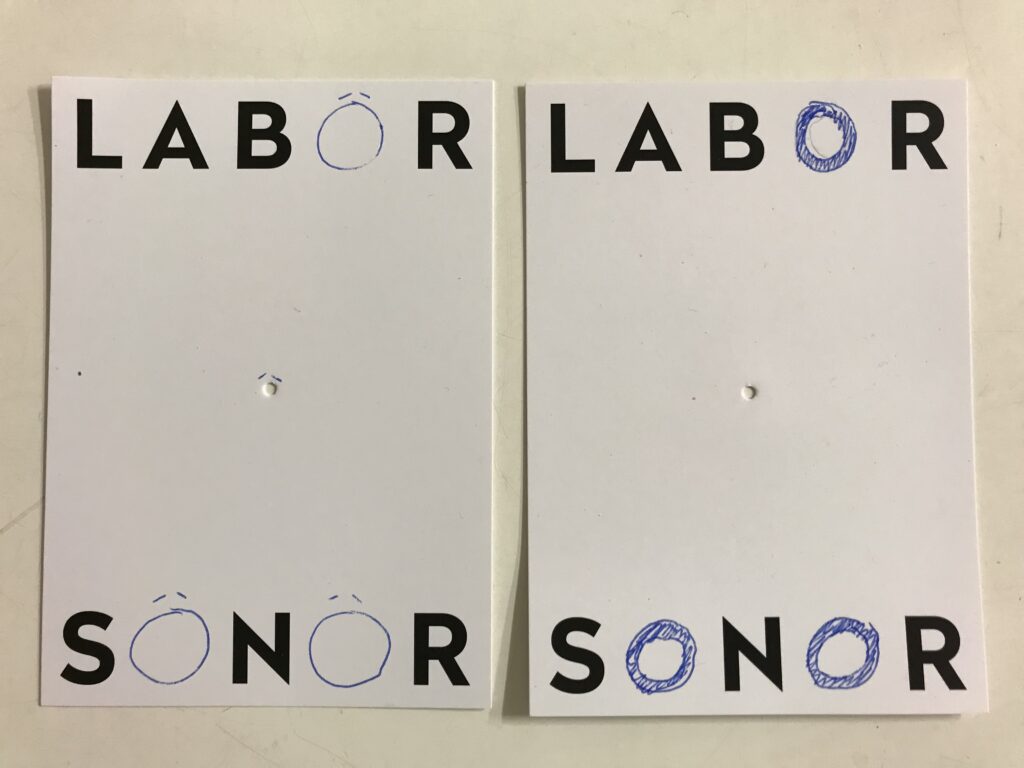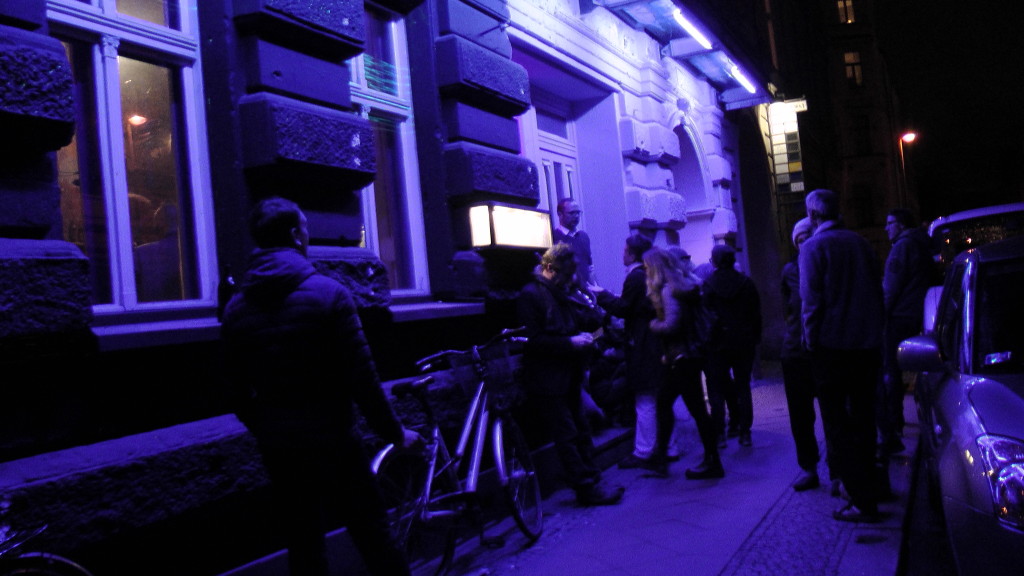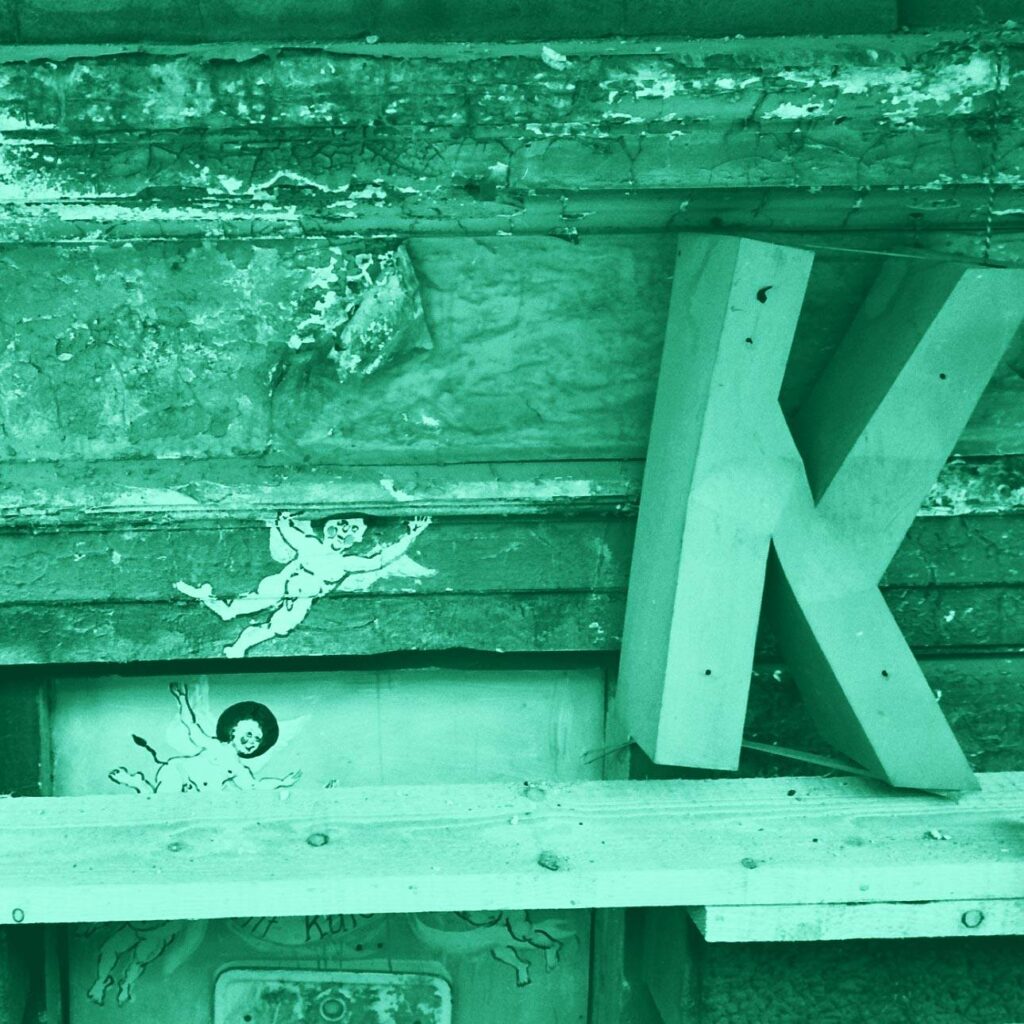24. NOVEMBER 2025 | Kunsthaus KuLe | 20:30
NAME CHANGE: NEO HÜLCKER & STELLAN VELOCE—instruments, objects, electronics, voice
VIOLA YIP—inflatable sound performance
ADELINE ROSENSTEIN & YVONNE HARDER—performance
MARGARETH KAMMERER—voice, guitar & REBECCA LANE—flutes & DEBORAH WALKER—cello
gefördert von musikfonds e. V.

Celebrating 25 Years of Labor Sonor
The Plastic Bag I moved to Berlin in 2001, searching for what turned out to be the echtzeitmusik scene. Pretty early on i attended my first Labor Sonor as an audience member: Three contrasting short sets of experimental media. Cool. One performance was called “the plastic bag is not a toy”: A man on stage. Glasses. Moustache. An almost military style dress. Very formal anyways. Moving around the stage with a concentrated purpose and manipulating plastic bags in various ways. My most vivid memory is of the performer standing in a corner, face to the wall, outstretched arms, and swinging/windmilling plastic bags filled with plastic bags. Despite the theater, it was very much a sound-based performance. Having had no previous contact with what we would call performance art, I was totally blown away.
That’s what I love about Labor Sonor. People might come because of a connection to one act, and are exposed to something they had no idea about. —ds
Chico Mello & Fernanda Farah My first performance at Labor Sonor was a revelation to me of who I was as a performer. In the Kule room, there is solemnity and intimacy and incredible acoustics. The room has the plasticity to transform itself into what we make of it and it seems to shape us too. Labor’s audience is diverse and specific at the same time, with a curiosity that seems to prevail over any judgement. As I moved and we sang, the audience looked at us with the strangeness of someone who has never seen anything like it and at the same time seemed to sing the songs by heart. —ff
Knitting Orchestra People with the craziest hair, at a time when crazy hair wasn’t all the same, and wearing colorful T-shirts, the Knitting Orchestra knits (acts, plays) around a table, some sitting on it, with the energy of someone who has just invented the world. The scene is both sound (the needles and the smiles, murmurs) and visual. There is a disruption in the cliché image of the retired ladies and at the same time a consonance with it. A multiplicity of meanings, tradition, rupture, sharing, laughter. —ff
Litò Walkey Litò enters the scene with the assurance of a child, with no apparent shields and a skeleton that is very well adjusted, very ready. She begins with a movement in the left corner of the stage: standing up, she makes a gesture as if she were opening a window, and then returns to the beginning of the movement, as if she were on a rotating axis. She repeats the same gesture for perhaps the entire performance, and each repetition functions as a verse, I open the window, I close it, there is no window, it is a door, it is a brush, it is a nod, I am an axis, the window is me. —ff
Taku Unami & Mattin There has been a lot of talk about the dissolution of traditional concert formats. But what do you do when you experience it and are part of the organising team?
Taku Unami and Mattin sit opposite each other on stage. A table between them. After a few activities – has a text been spoken? – very suddenly a bright spotlight is directed into the audience – were they playing something, chess? They sit opposite each other, calm, not frozen, but motionless. Is this the calm before the next attack? Nothing happens. Or the coda?
The audience in the KuLe is used to a lot; we watch the scene. Minutes pass, nothing happens. After 10 minutes some audience members leave the room; after 20 minutes more. In the concert hall, we hear people talking outside at the bar. Is that ok? Is it disturbing? Should we stop it? After 30 minutes, more people leave the room. After an hour, the concert room is almost empty. The two continue to sit there. It’s getting late. Will it go on like this until tomorrow morning? Should we bring it to an end? Should we just start tidying up? I remember very well the moment when we decided to sweep the back of the room on the opposite side of the stage.
Are we now part of the establishment that is dissolving a radical conceptual performance? Is my sleep suddenly more important to me than art? Isn’t this just a provocation aimed at some kind of reaction? Didn’t we create Labor Sonor precisely for performances like this? —an
Taboo A singer who used to live in Berlin and then moved to another big city performs at Labor. She sings her self-composed songs. Everything is harmonious, beautiful, expressive, personal – I’m waiting for a sign that this is just the façade behind which other things are revealed. A breaking point, a glitch moment, an irony, an exaggeration – – – none of this happens; is there really nothing being questioned here at all? I can’t believe it. A listener sits in front of me; he twitches. His head, his shoulders, his entire torso are twitching. I wonder what is wrong with him. It’s an unfamiliar image, difficult to categorise. At some point I realise – he is suppressing laughter. This music is so unbelievable for him that it triggers a fit of laughter. I believe that laughter in concert is a sign that a taboo is being touched. The singer has not crossed any boundaries with her unbroken songs at Labor and has thus touched a taboo. —an
The S-Bahn This soft music sometimes opens up the space, and noises and sounds from outside interpenetrate with the sounds played in the concert hall. One coincidence that some people are already waiting for is the suburban city train that passes underground not far from KuLe. It is more of a vibration than actually audible. Derek Shirley wanted to make a piece with it: he developed a sensitive set-up that amplified the bass frequencies and subtly played them back into the room.
His set began and we waited. One half, who knew what it was about, waited for the train. The other half, some of whom were at Labor for the first time, felt provoked because nothing was happening and started laughing and shouting. At a volume level that would drown out the passing train. We were in danger of missing it, the whole endeavour was in danger of failing. Someone shouted ‘Behave’, which only escalated everything.
Derek played the piece again the following year. The experimental set-up is very sensitive and changes with the audience that fills the room, even if they are listening in silence. There were only a few places in the room where it worked: in the seat where Hilary Jeffery was sitting, standing waves were created. He was completely enthralled. The piece was probably just for him. —ck
Labor Sonor cooperates with Kunsthaus KuLe and Ballhaus Ost.



